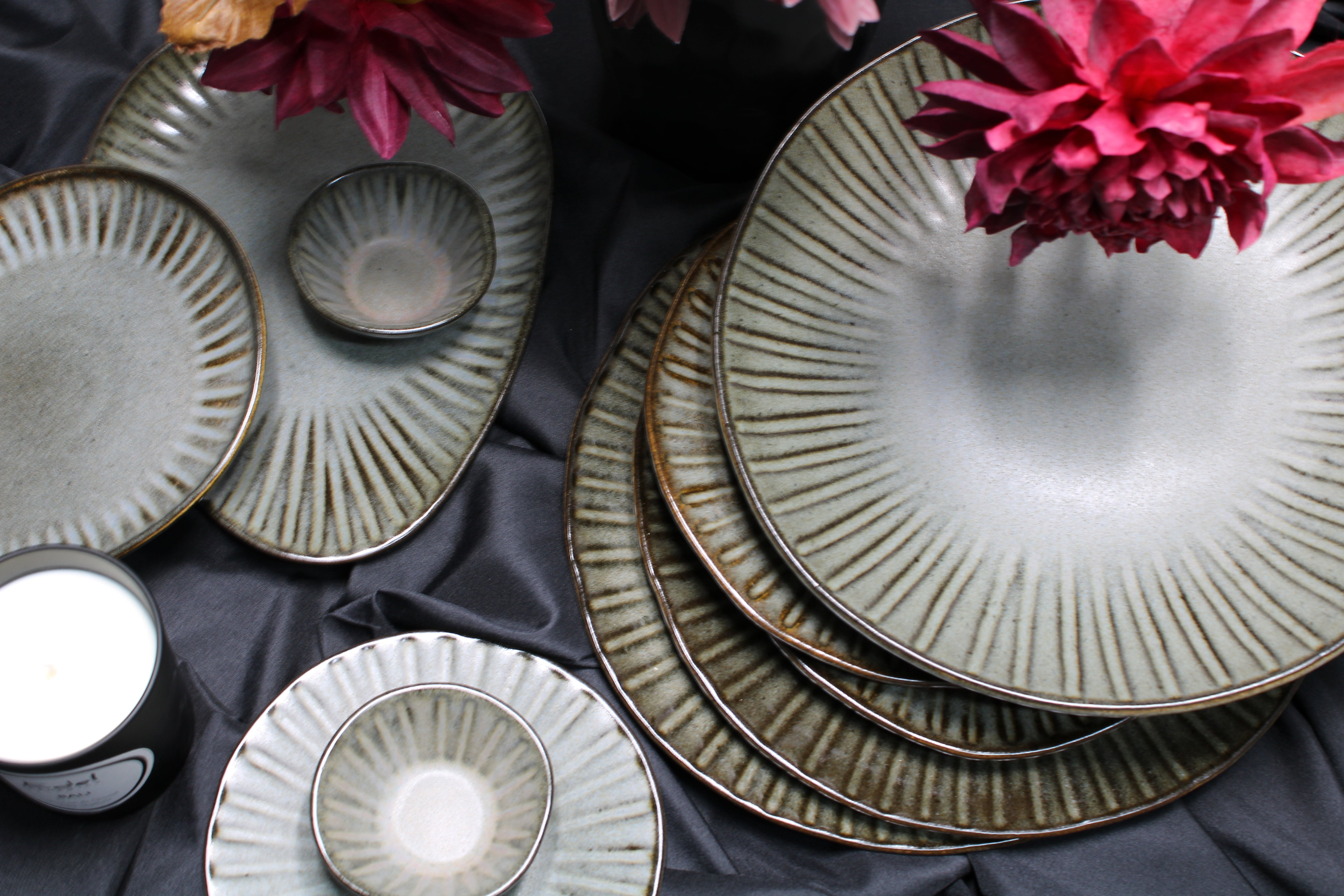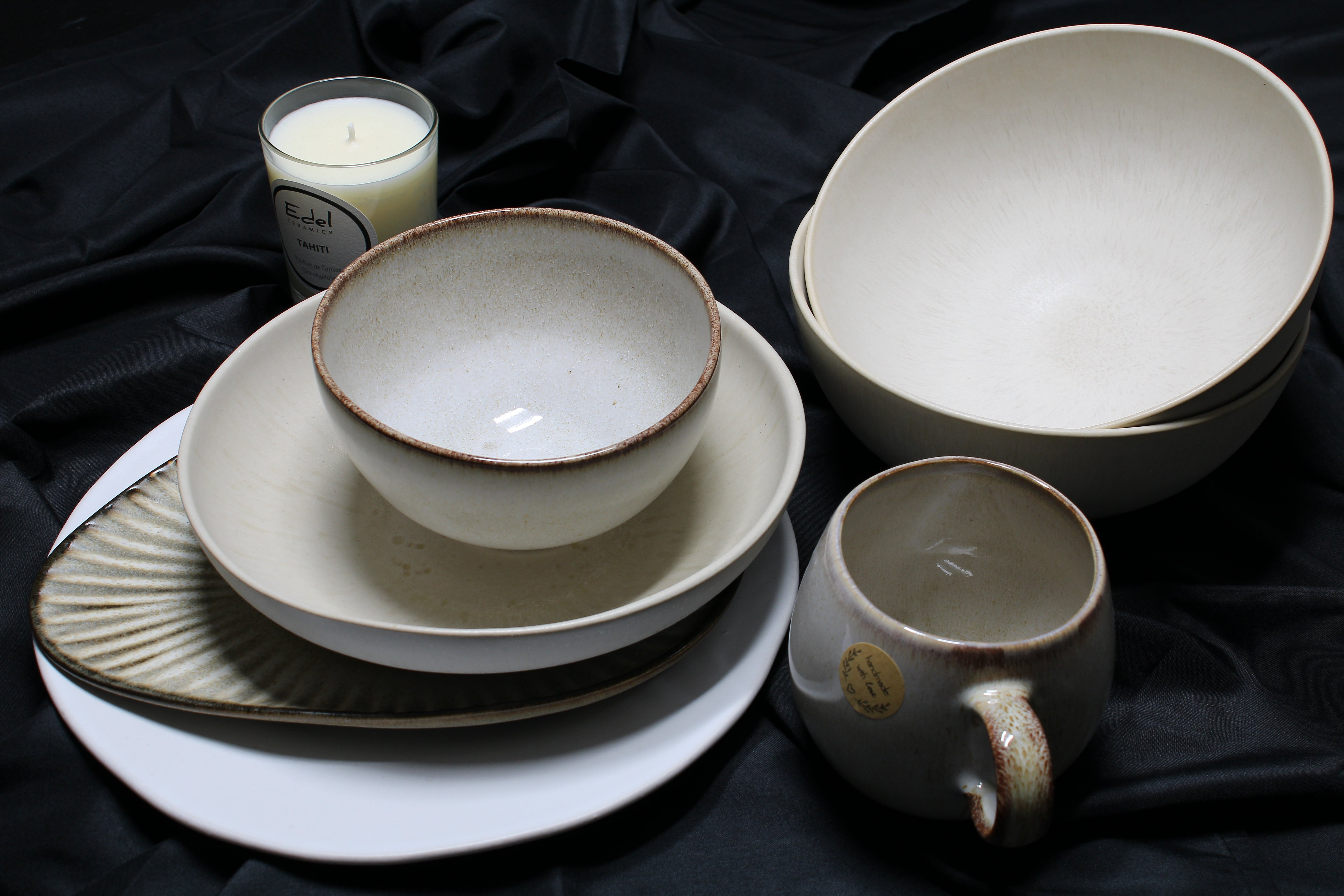
The secrets of Portuguese ceramic manufacturing: inherited know-how
A craft rooted in history
Portuguese ceramics are the product of an ancestral heritage, shaped by generations of passionate artisans. From the Moorish era to the present day, manufacturing techniques have been passed down, evolving without ever losing their essence. Each piece tells a story, embodying the expertise of a country where clay and fire combine to create unique works.
The basic material: sandstone, a noble and resistant earth
Portuguese ceramics are primarily made from stoneware, a high-quality material renowned for its strength and natural aesthetic. Stoneware is distinguished by several key characteristics:
-
High resistance : denser than other types of ceramic, it is very resistant to shocks and temperature variations.
-
Low porosity : thanks to high temperature firing (between 1200 and 1300°C), it becomes vitrified, which makes it impermeable and suitable for food use.
-
Authentic aesthetics : its slightly grainy texture and natural hues make it a popular choice for elegant and durable tableware.
-
Longevity : unlike more fragile earthenware, stoneware retains its shine and strength for many years.
The key stages of manufacturing
-
Clay selection : extraction and preparation of the raw material.
-
Modeling : shaping by molding, turning or manual modeling.
-
Drying : gradual elimination of moisture.
-
First firing : hardening at approximately 900°C.
-
Enameling and decoration : application of protective and aesthetic finishes.
-
Second firing : vitrification and revelation of the final colors.
Between tradition and innovation
Today, Portuguese artisans combine ancestral techniques with innovations to meet contemporary trends. Each piece perpetuates timeless expertise while adapting to modern expectations.


